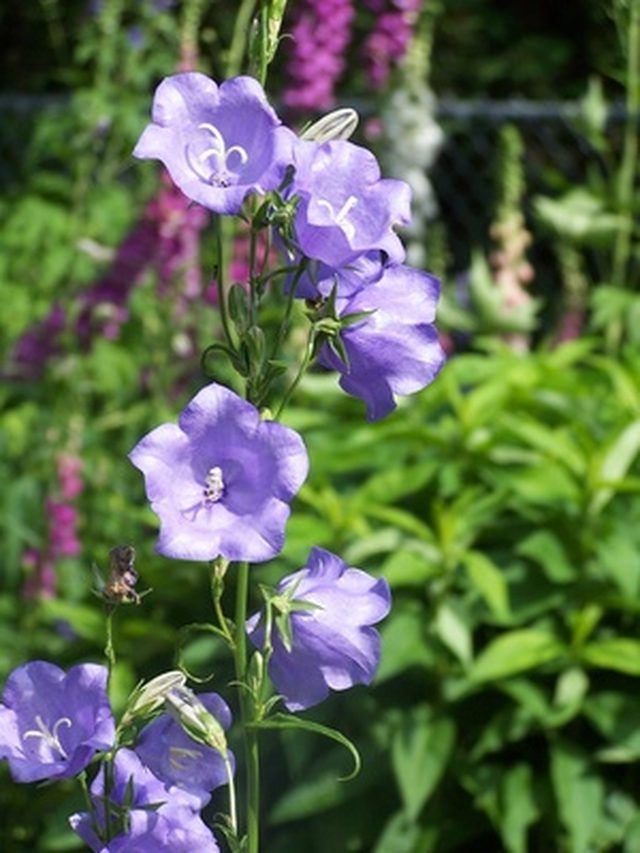Bulbs
Flower Basics
Flower Beds & Specialty Gardens
Flower Garden
Garden Furniture
Garden Gnomes
Garden Seeds
Garden Sheds
Garden Statues
Garden Tools & Supplies
Gardening Basics
Green & Organic
Groundcovers & Vines
Growing Annuals
Growing Basil
Growing Beans
Growing Berries
Growing Blueberries
Growing Cactus
Growing Corn
Growing Cotton
Growing Edibles
Growing Flowers
Growing Garlic
Growing Grapes
Growing Grass
Growing Herbs
Growing Jasmine
Growing Mint
Growing Mushrooms
Orchids
Growing Peanuts
Growing Perennials
Growing Plants
Growing Rosemary
Growing Roses
Growing Strawberries
Growing Sunflowers
Growing Thyme
Growing Tomatoes
Growing Tulips
Growing Vegetables
Herb Basics
Herb Garden
Indoor Growing
Landscaping Basics
Landscaping Patios
Landscaping Plants
Landscaping Shrubs
Landscaping Trees
Landscaping Walks & Pathways
Lawn Basics
Lawn Maintenance
Lawn Mowers
Lawn Ornaments
Lawn Planting
Lawn Tools
Outdoor Growing
Overall Landscape Planning
Pests, Weeds & Problems
Plant Basics
Rock Garden
Rose Garden
Shrubs
Soil
Specialty Gardens
Trees
Vegetable Garden
Yard Maintenance
How to Deadhead Balloon Flowers
How to Deadhead Balloon Flowers. Perennial balloon flowers earn their name from their large, balloon-like flower buds. These flower buds open to reveal blue, pink or white star-shaped blossoms throughout the summer. Balloon flowers benefit from deadheading. This process removes the spent blossoms before they begin producing seed, encouraging the...

Perennial balloon flowers earn their name from their large, balloon-like flower buds. These flower buds open to reveal blue, pink or white star-shaped blossoms throughout the summer. Balloon flowers benefit from deadheading. This process removes the spent blossoms before they begin producing seed, encouraging the plant to produce more flowers. Deadleafing, or removing dead leaves, is closely related to deadheading and usually performed at the same time. Since balloon flowers bloom all summer long, they also benefit from severe deadheading and cutting back at mid-season, which encourages them to remain full and productive.
Things You'll Need
Shears
Inspect the plants once a week during the flowering season. Look for wilting flowers and forming seed heads. Also examine the balloon flowers for dead or damaged leaves.
Grasp the stem under a spent or wilting blossom between your forefinger and thumb. Pinch off the blossom head with your fingers, ? inch above the nearest set of leaves on the stem.
Trim off any dead or damaged leaves from the balloon flowers with a small pair of shears.
Cut back the balloon flowers to 1/2 of their previous height at mid-summer if they are blooming less or looking unkempt. Flowering usually resumes within two weeks.
Tips & Warnings
If you go on vacation or otherwise miss a few weeks of deadheading, cutting back the balloon flowers usually helps them return to abundant flowering, even if they have started seed production.
Leave a few flowers on the plant to set seed near the end of summer if you want to save some of the balloon flower seed for further planting.
Remove the dead leaves and flowers from the garden after deadheading. Not only are they unattractive, they can become a breeding ground for pests and disease.